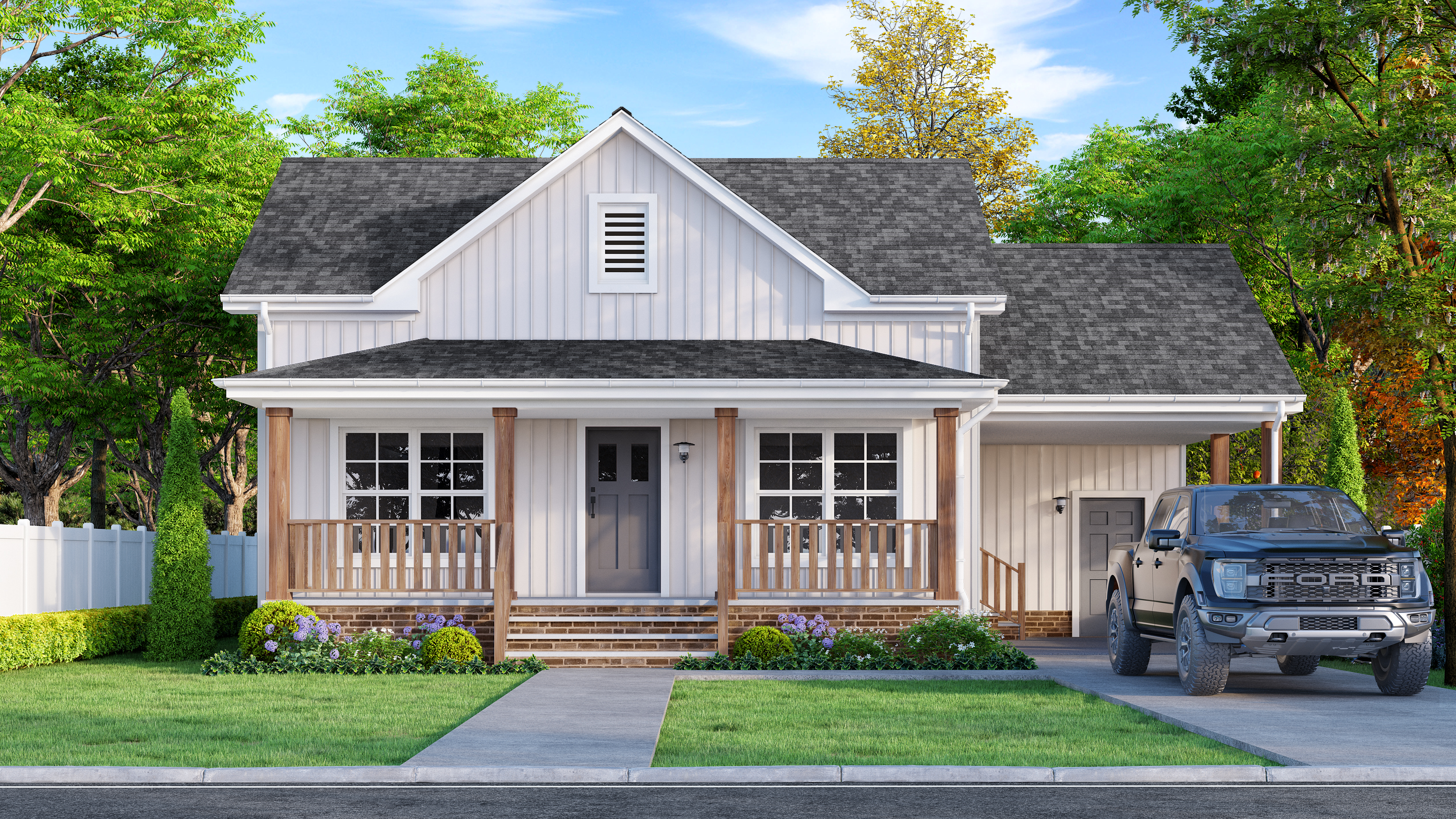Drywall has been a popular and economical building material in North Carolina for many years. It’s widely used to create walls and ceilings in homes and commercial buildings. Drywall can easily be installed, repaired, and painted, making it an ideal choice for many builders and homeowners. The process of selecting the right drywall for your project can be overwhelming, but with a bit of guidance, you will be able to make the right choice. In this blog post, we’ll cover what every homebuyer needs to know about drywall installation, drywall selection, and types of drywall.
Drywall Selection
Before starting a drywall project, you should know what type of drywall to buy. Some of the common types of drywall include:
- Standard Drywall: Also known as white rock or gypsum board, standard drywall is the most commonly used type of drywall. It is available in different thicknesses ranging from 1/4 inch to 1 inch.
- Moisture-Resistant Drywall: Moisture-resistant drywall features green-colored paper on the front and back, but it is otherwise similar to standard drywall. This type of drywall is the best choice for areas with high humidity levels like bathrooms and laundry rooms.
- Fire-Resistant Drywall: This type of drywall includes added chemicals that allow it to prevent the spread of flames. It is best suited for kitchens, garages, and areas that require extra fire safety.
- Mold-Resistant Drywall: Mold-resistant drywall has a special coating that can resist mold growth. It is ideal for areas that are prone to moisture, including bathrooms and basements.
Types of Drywall Installation
The process of installing drywall can be done in two ways:
- Screw-in Installation: This is the most widely used method for installing drywall. The drywall is screwed into the wall studs or ceiling joists, making it a sturdy and reliable installation.
- Adhesive Installation: This method involves applying a construction adhesive to the back of the drywall sheet and pressing it onto the wall or ceiling surface. This method requires less time to install, but it should only be used by professionals.
How to Install Drywall
To install drywall, follow these steps:
- Measure the width and height of the room where you want to install drywall.
- Cut the drywall sheets to the appropriate size using a utility knife.
- Place the first drywall sheet on the wall and secure it with screws.
- Install the remaining drywall sheets by placing them in a vertical or horizontal pattern.
- Use joint tape and compound to cover the seams between sheets.
- Sand the surface to create a smooth finish.
- Finally, apply a coat of primer and paint to create a finished look.
Tips for Drywall Installation
If you are planning to install drywall, here are some tips to keep in mind:
- Ensure the room is ventilated properly by opening windows or using fans to prevent the buildup of dust and chemicals.
- Wear protective gear including gloves, goggles, and a dust mask.
- Use the right tools including a drywall lift, a utility knife, a t-square, and a screw gun.
- Always measure twice and cut once.
- Follow the manufacturer’s instructions closely to avoid any errors.
Drywall installation and selection requires a bit of know-how and the right tools. With this blog post, you now know how to select the right type of drywall for your project and how to install it. Whether you are a DIYer or a professional, you can use these tips to create beautiful and functional walls and ceilings. If we may be of any assistance to you during your project, then please reach out. We want to build with you!


